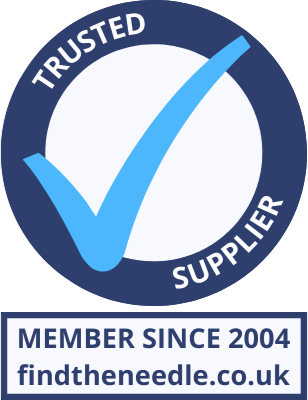 Add My Company
Add My Company
Sign In

An article in the Financial Times last week caught our eye as it discusses a new approach to product development that promises greater results.
Large, established companies are facing increasing competition from small, young companies with innovative approaches to product development. This has led to the adoption of so-called “Agile” methodologies when developing new products.
The benefits of moving towards more Agile ways of working are clear. It allows large companies to respond to change and deliver products much faster. This is key to competing with innovative, smaller companies.
A great example of a small, young company turning up the heat on larger, established companies is Number26. The Berlin-based company, founded only two years ago, has built what it deems “Europe’s most modern bank account”. The service allows accounts to be opened in under 8 minutes, money to be transferred by text and the blocking of stolen cards with one click. The service has signed up over 30,000 people so far, and has done so with only 45 employees.
It is competition from companies like this that is heightening the need for more Agile ways of working. In fact, research by The Standish Group shows that projects making use of Agile approaches enjoy a 39% success rate over the 11% success rate of traditional approaches.
How do Agile and traditional approaches to product development differ?
Traditional approaches, the most common being “Waterfall”, make use of a sequential, top-down process. Extensive and detailed documentation is prepared and passed down through different departments for sign off. Only when one stage is completed can work begin on the next stage.
The big problem with this approach is that testing is only carried out at the end. Success therefore relies heavily on the initial identification of customer needs and whether these needs have been considered and met at every subsequent stage. If the finished product does not fully satisfy customers, it is incredibly difficult to rectify the problem without incurring large penalties in both time and money.
The Agile approach differs immensely. Rather than each department or discipline getting involved in only one stage, teams are formed at the start with people from every department. The aim being to form rugby-like teams that move through the entire process together (hence the name “Scrum” for the most popular variant of Agile working).
The process requires close collaboration with customers at every stage and teams have to be highly responsive to change. Short cycles of development, typically lasting no longer than a month, result in potentially shippable products being presented to the customer for feedback. This feedback then informs the next cycle of development.
It is clear to see that Agile approaches to product development are much more customer-focused than traditional approaches. The short cycles of development mean that potential changes in customer needs or the competitive environment can be quickly reflected in the next stage of development.
It’s likely that we’ll see more and more large companies adopt the “Agile” approach to product development as a way of dealing with the threats imposed by fast-moving and innovative small companies. Whether or not your company chooses to fully adopt “Agile” ways of working, the key themes of close collaboration with customers at every stage as well as being responsive to change are important to any product development process.
To learn more about product development and generating new product ideas, please click the link below to read our article on 8 of the best places to look for new product ideas.
For more information on Blog - Taking an ‘Agile’ Approach to Product Development talk to B2B International Ltd
Enquire Now
List your company on FindTheNeedle.

